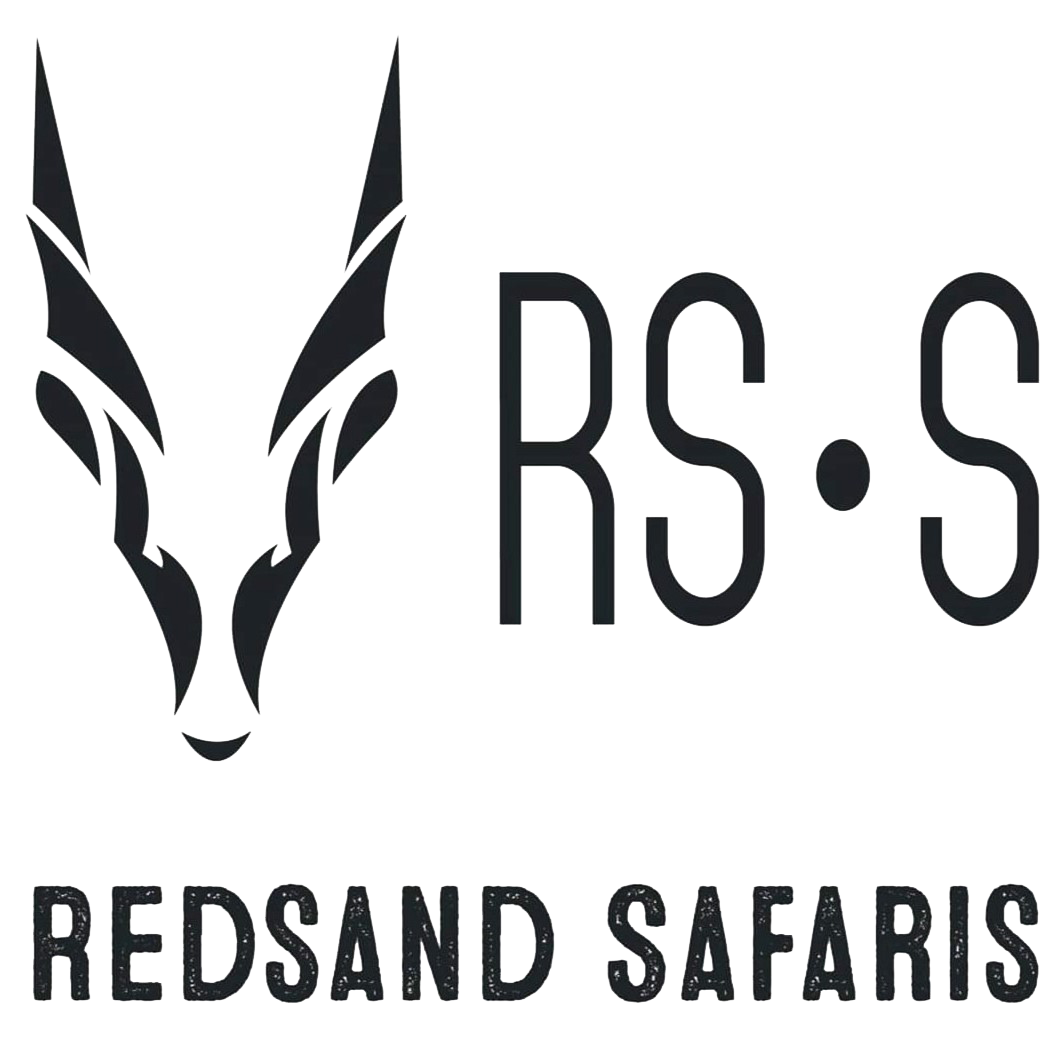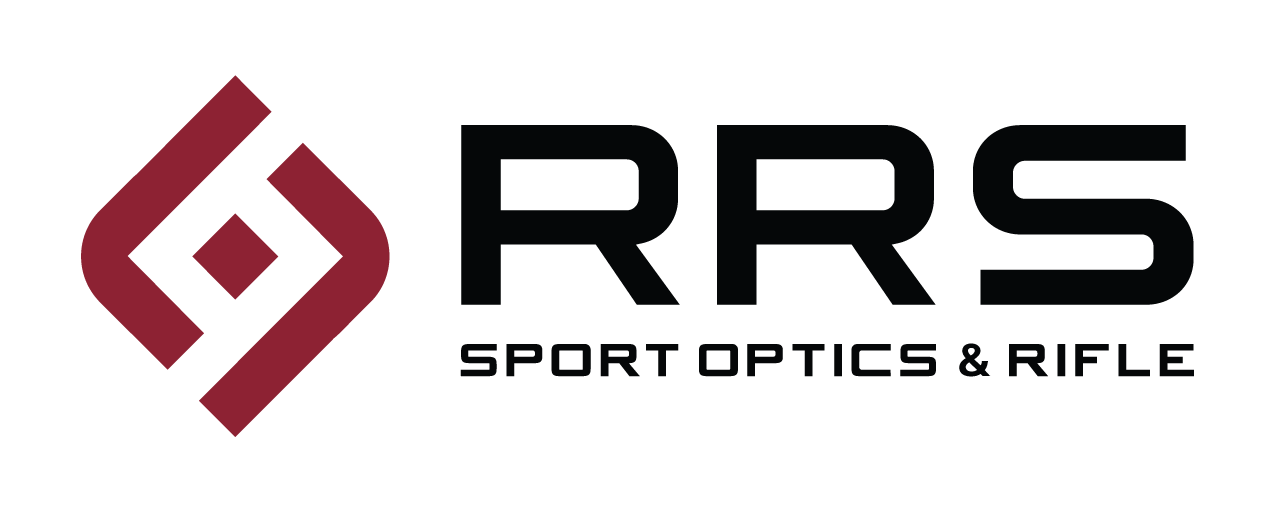Who can participate? The NRLH is designed so that everyone who can legally own a rifle can participate, we even offer a womens and young guns division.
Do you have to have a custom rifle? No, in fact we have a Factory rifle division that is designed so that certain off the shelf rifles can be used without breaking the bank.
How do you figure out “Power Factor”? Bullet weight times velocity (B x V = Power Factor) example 140 gr bullet traveling at 2800 fps = 392,000 would be above the minimum power factor of 380,000.
What if I do not have my own rifle? If you do not have your own rifle the NRLH will have loaner rifles that are available for hunters to borrow. These rifles are offered on a first come first serve basis and must be reserved in advance. For more information on the NRLH loaner program please click here.
What is the weight limit included? The weight limit for each division includes everything mounted to your rifle except for your magazine and ammunition. This includes scope, bipod, or any other attachment that you wish to use on your rifle during the match.
What is the recommended gear needed? The purpose of these matches is to provide you with an opportunity to test out the gear that you would take on a hunt. So a basic list of gear would include a backpack, shooting bag, binoculars and/or spotting scope, range finder, sling, and the proper attire for the location that you will be competing.
What is the stage format? All stages are blind, meaning that you will not be able to see the targets until you get to the stage. The Range Officer will provide a brief description of the stage and an approximation of where the targets will be (left & right lateral limits). You will have a set time to deploy all of your gear, find, range, and engage your target(s).
How will I know what targets to look for? When you go up to your stage holding area, you will see a brief description of the stage.
What is the average distance of the targets? The average distance for targets will be about 450 yards, however targets can be as close as 100 yards and as far as 1000 yards.
What is the average target size? The average target sizes will be 12×12 or 12×18 inches representing the vital zone of most typical large game animals in North America.
I want to compete with my son or daughter? We completely understand and if your child is a Young Gun (under 16) then you may compete with them, however the parent must go through the stage first and then the child may take their turn. The parent may assist the child with wind calls and adjusting gear, however the child must control and pull the trigger on their own.
I am physically disabled, can I still compete? Yes, absolutely! We encourage disable persons to come out and compete, we will help provide any accommodations that we can to ensure your safety and a good time.
























